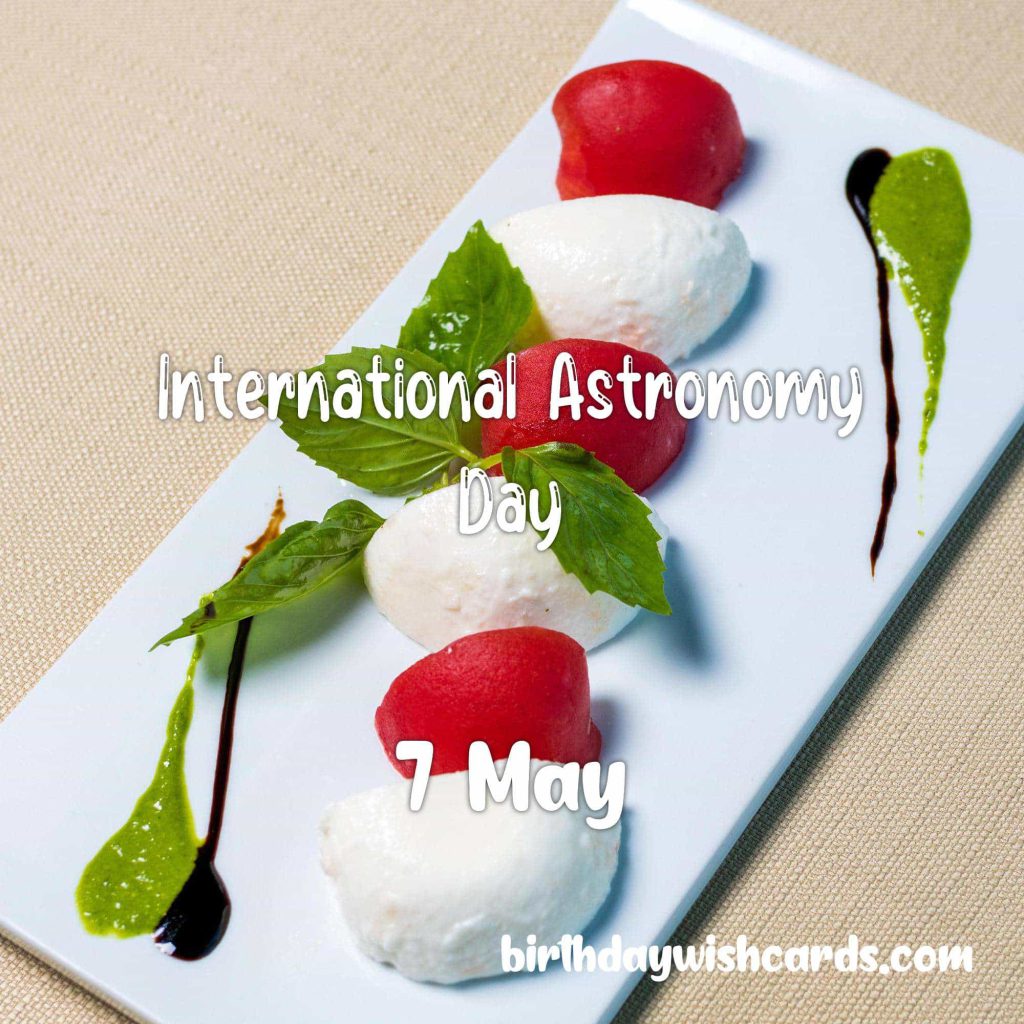
May 7: International Astronomy Day — Celebrating the Wonders of the Universe
International Astronomy Day, observed every year on May 7, is a global celebration dedicated to connecting people with the fascinating world of astronomy. Originating in the United States and now embraced worldwide, this special day brings together enthusiasts, professionals, and organizations to share their passion for the cosmos with people of all ages.
The goal of Astronomy Day is to ignite curiosity about the universe, encourage educational activities, and provide hands-on experiences—from telescope viewings and stargazing events to interactive discussions. Whether you are a seasoned astronomer or simply captivated by the night sky, Astronomy Day is your invitation to explore the cosmos and deepen your understanding of the celestial wonders above.
History of International Astronomy Day
Astronomy Day was first celebrated in 1973, thanks to Doug Berger, then president of the Northern California Astronomical Association. Berger envisioned a day when astronomy would be brought closer to the public by setting up telescopes in urban areas, giving people who might never have the chance an opportunity to observe the stars and planets firsthand.
Initially a local event in the United States, Astronomy Day quickly gained international momentum. By 2006, a second celebration was added in the autumn, allowing more people to experience the night sky during different seasons. This biannual approach has expanded participation and kept public interest alive around the globe.
Today, Astronomy Day is more than an educational event—it’s a social occasion that brings together families, friends, and communities. Special exhibits, planetarium shows, and public lectures often complement outdoor stargazing sessions, making the day both informative and enjoyable for all.
Why Celebrate Astronomy Day?
- Educational Outreach: Astronomy Day makes complex scientific concepts accessible and engaging for learners of all ages.
- Public Engagement: The day offers unique opportunities for the public to interact with astronomers and astronomy clubs, sparking dialogue and curiosity.
- Inspiring Future Scientists: By showcasing the beauty and vastness of space, Astronomy Day inspires young people to consider careers in science, technology, engineering, and mathematics (STEM).
- Community Building: Events foster a sense of community, connecting people who share a fascination with the cosmos.
- Promoting Scientific Literacy: Enhancing understanding of space science encourages informed conversations about space exploration and technology.
How to Participate in International Astronomy Day
There are many ways to get involved in Astronomy Day, whether you’re an individual, educator, or part of an organization. Here are some popular activities to consider:
- Attend Local Astronomy Events: Many observatories, science centers, and astronomy clubs host public events featuring telescope viewings, lectures, and workshops.
- Host a Star Party: Invite friends or family for an evening of stargazing. Use a telescope or binoculars to observe the moon, planets, and constellations together.
- Explore Online Resources: Join virtual star parties or webinars hosted by organizations such as NASA or Astronomy Magazine.
- Educational Projects: Teachers can organize classroom activities or experiments related to astronomy, engaging students in learning about our solar system and beyond.
- Visit Planetariums: Many planetariums offer special programming on Astronomy Day, immersing visitors in the wonders of space through interactive exhibits and shows.
Fascinating Facts About Astronomy
To celebrate International Astronomy Day, here are some remarkable facts about our universe that highlight its wonder and scale:
- The observable universe is estimated to be about 93 billion light-years in diameter.
- The Sun accounts for approximately 99.86% of the total mass of our solar system.
- Light from the nearest star system, Alpha Centauri, takes more than four years to reach Earth.
- Black holes are regions of spacetime where gravity is so strong that nothing—not even light—can escape.
- The Hubble Space Telescope has enabled astronomers to discover galaxies billions of light-years away, offering glimpses into the early universe.
International Astronomy Day Gallery
Enjoy these captivating images that showcase the excitement and beauty of Astronomy Day celebrations around the world:

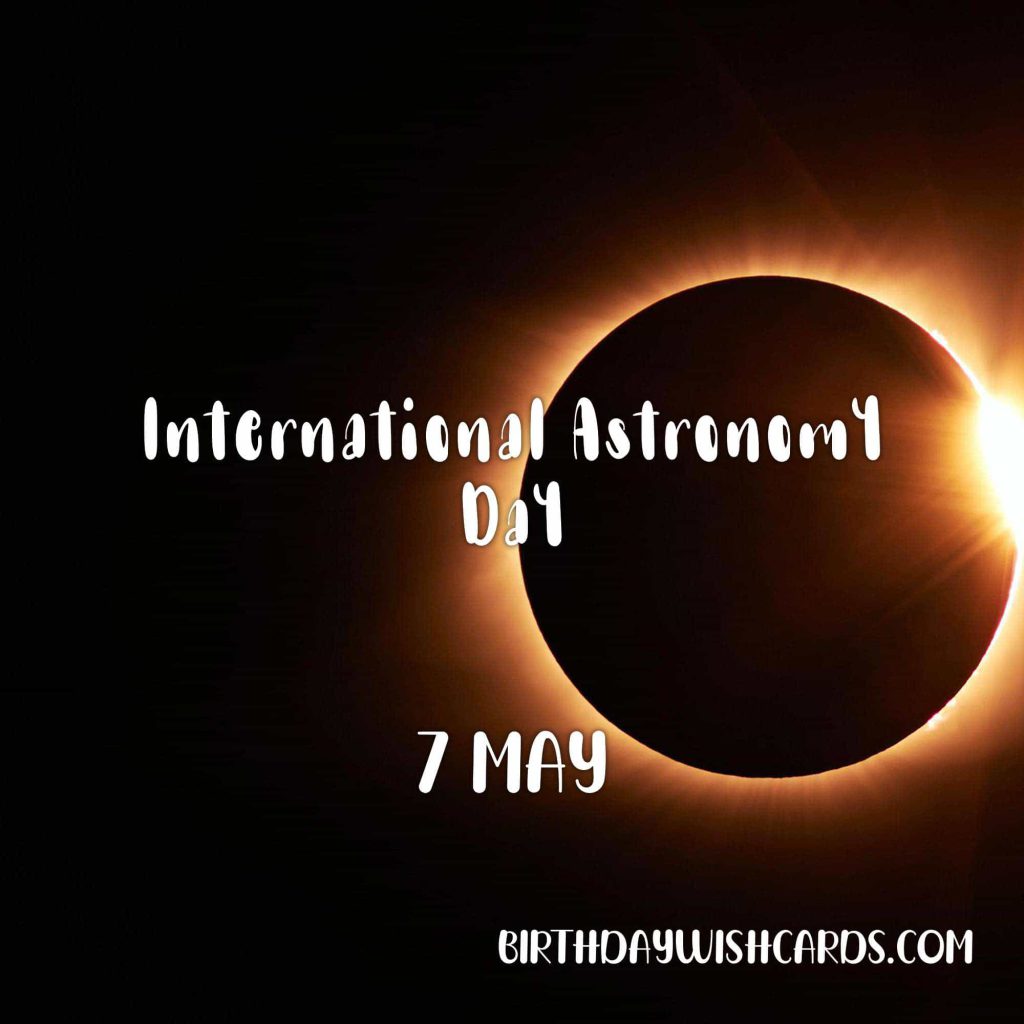
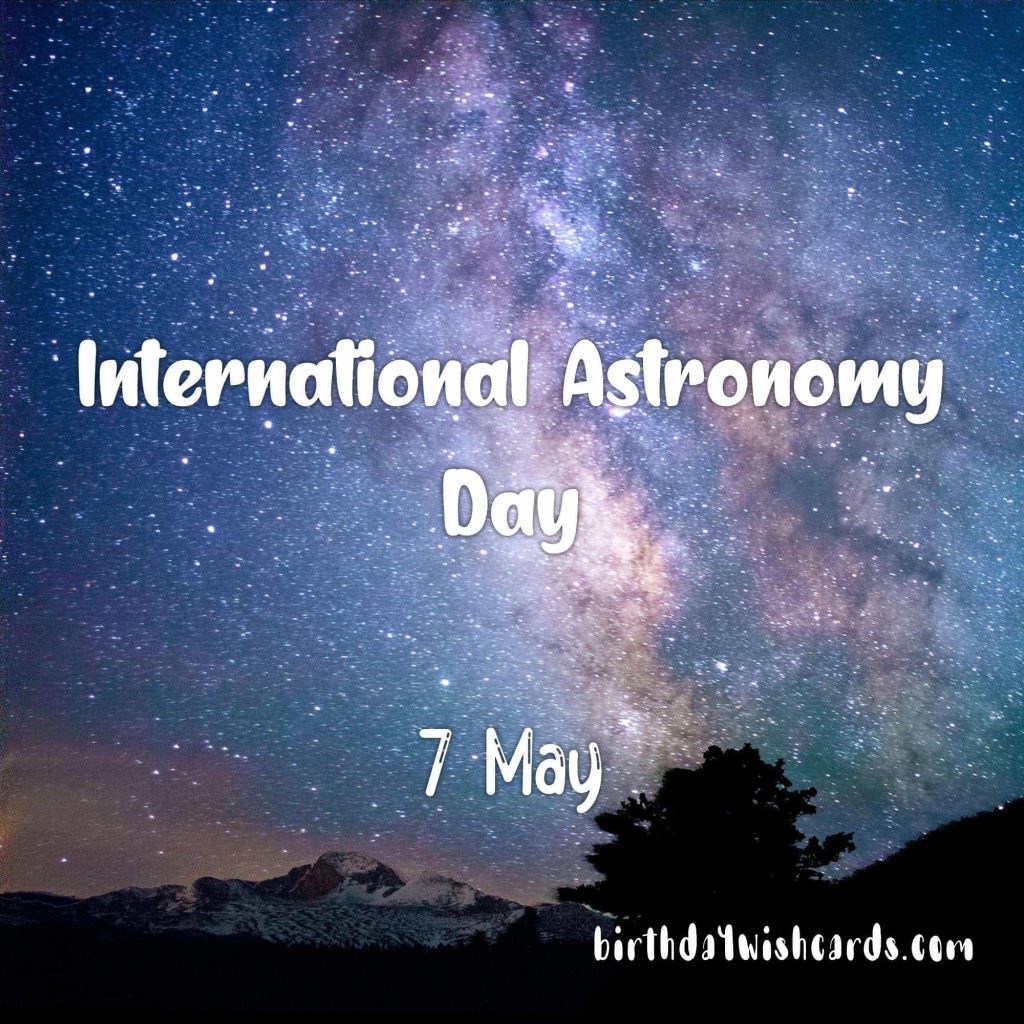
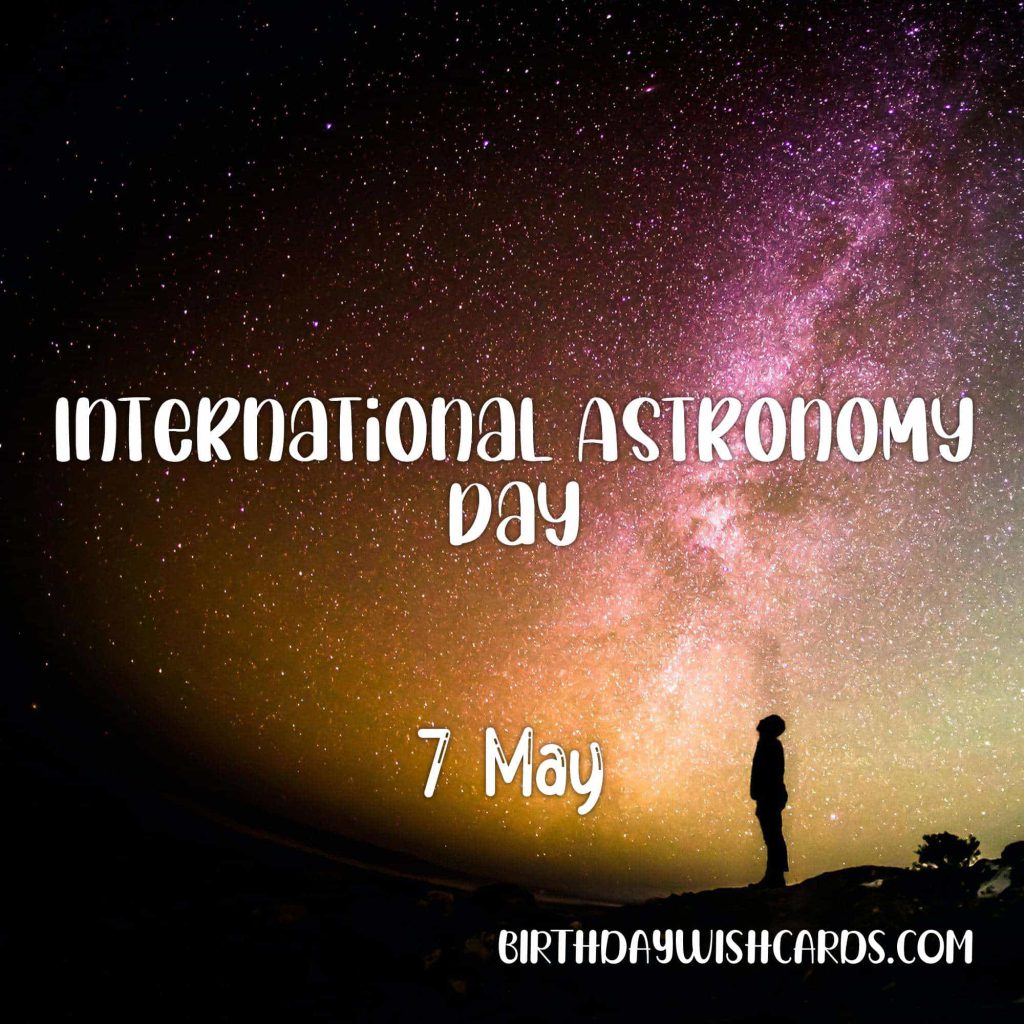
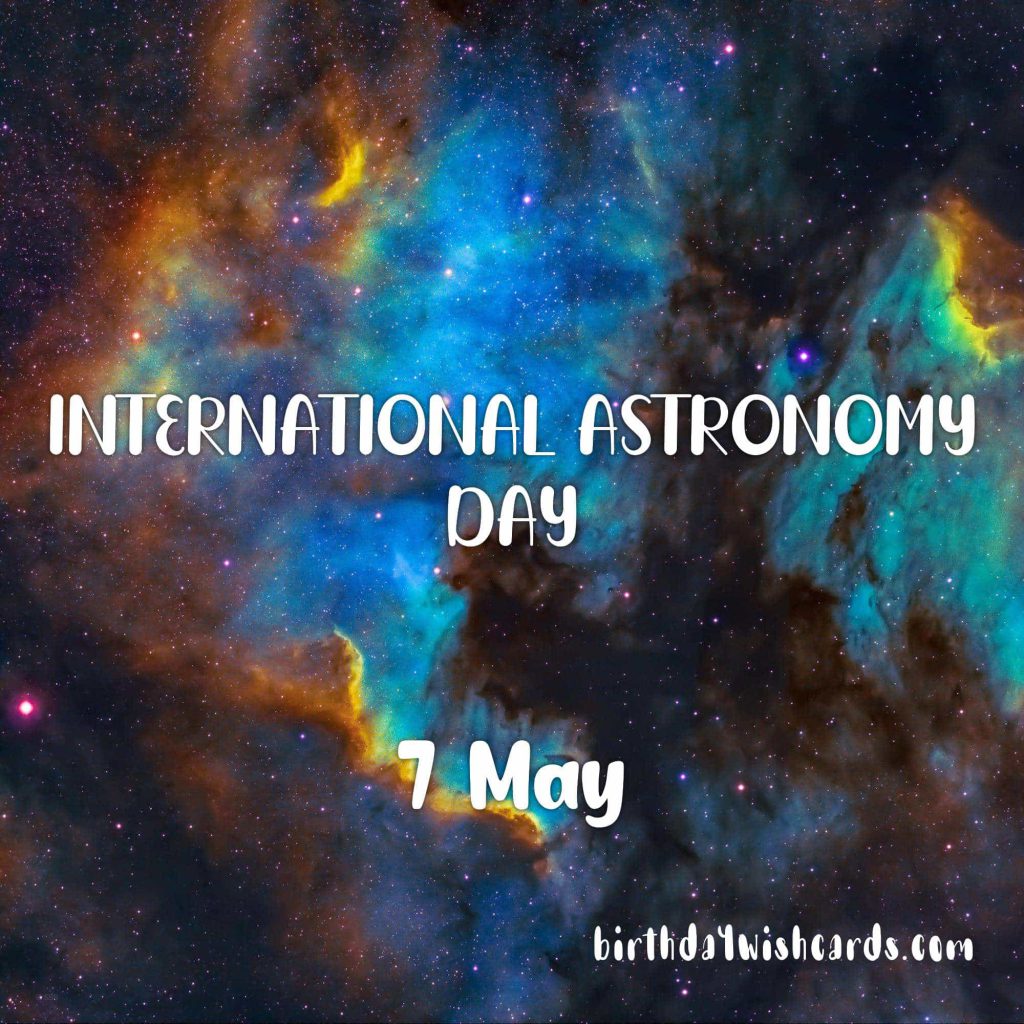
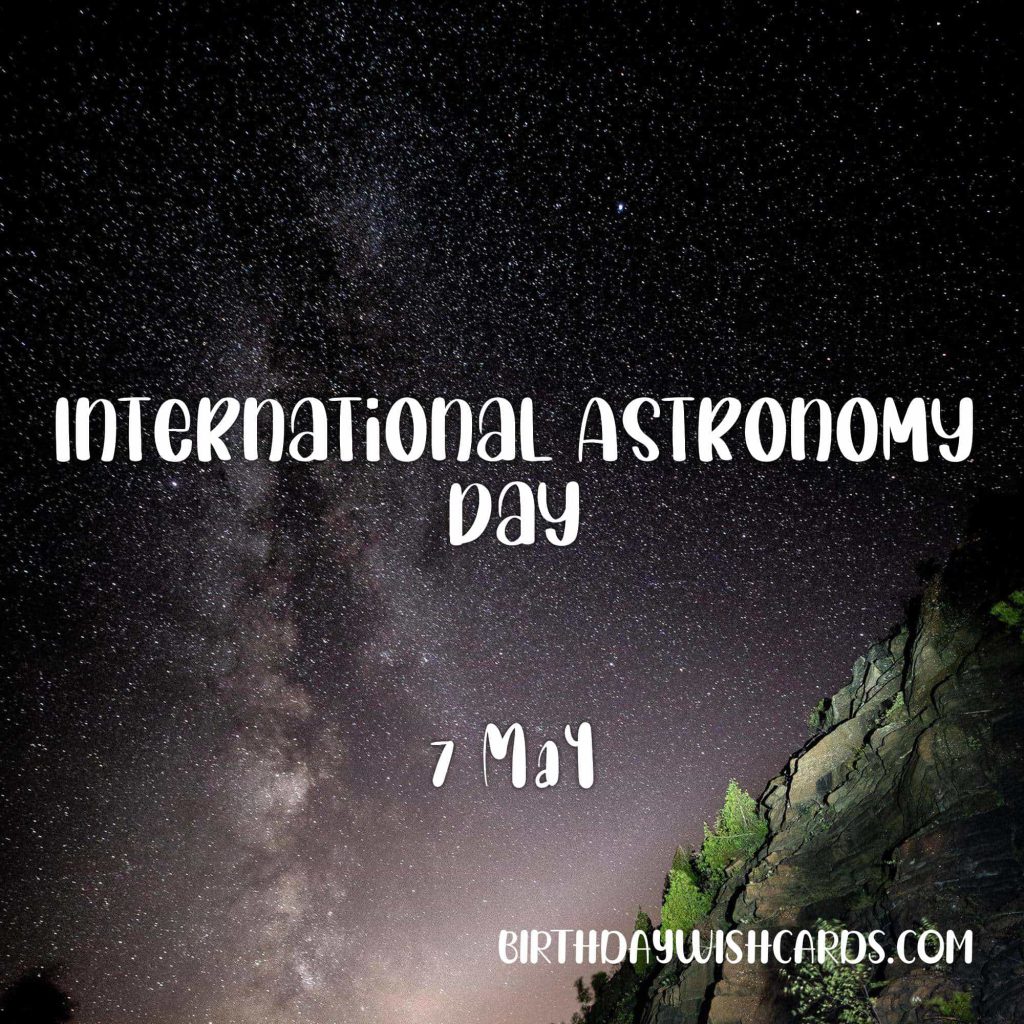

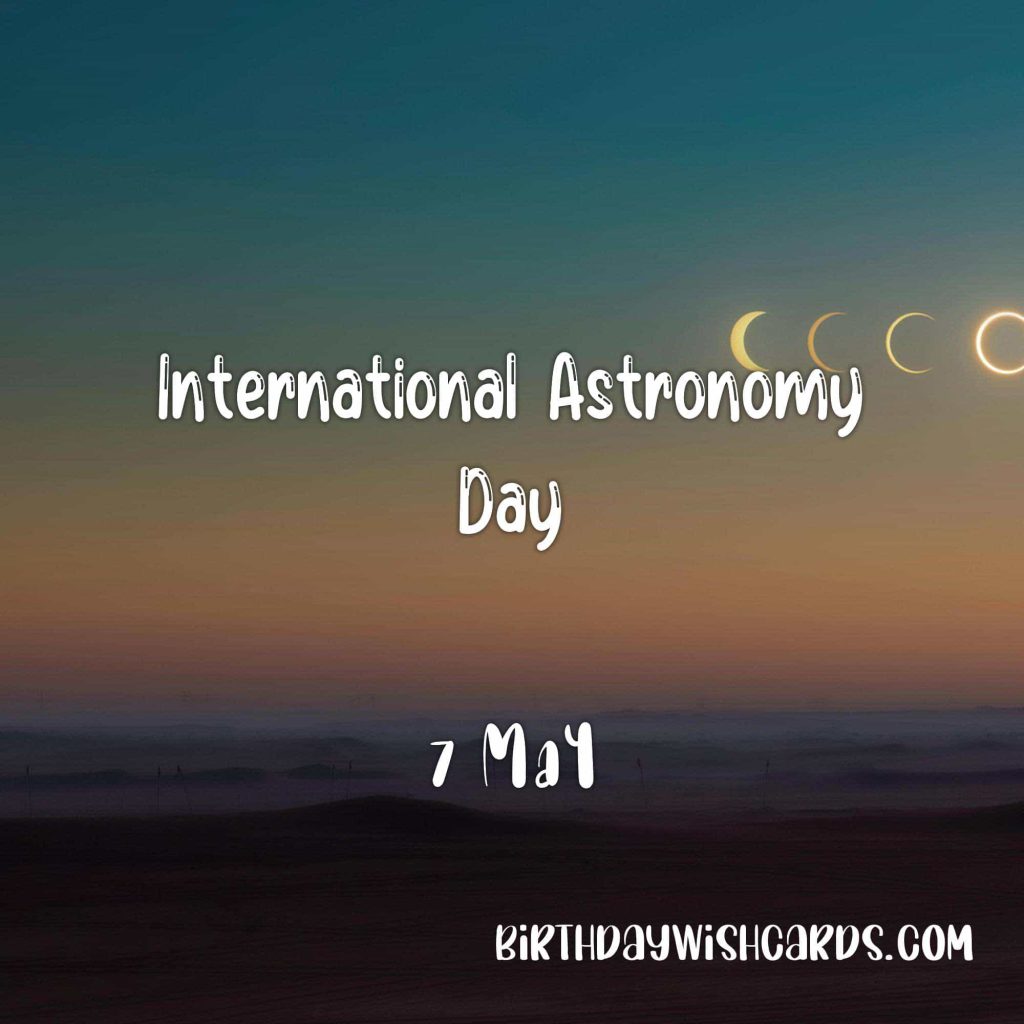
Supporting Astronomy and Space Exploration
International Astronomy Day is also a reminder of the importance of supporting space science and exploration. Organizations and space agencies around the world work tirelessly to expand our understanding of the universe, from studying distant galaxies to launching missions to other planets.
By staying informed and engaged, we can advocate for continued investment in space research—fueling technological advancements and inspiring innovation. For the latest updates on missions and discoveries, visit the NASA official website and the European Space Agency (ESA).
Conclusion
International Astronomy Day is more than just a date on the calendar—it’s a celebration of humanity’s enduring quest to understand the cosmos. Whether through educational programs, community events, or personal exploration of the night sky, this day invites everyone to look up and appreciate the vast universe we call home.
Mark your calendar for May 7 and join millions around the world in celebrating the wonders of astronomy. Embrace the opportunity to learn, discover, and connect under the stars—and help inspire future generations of explorers and scientists.




